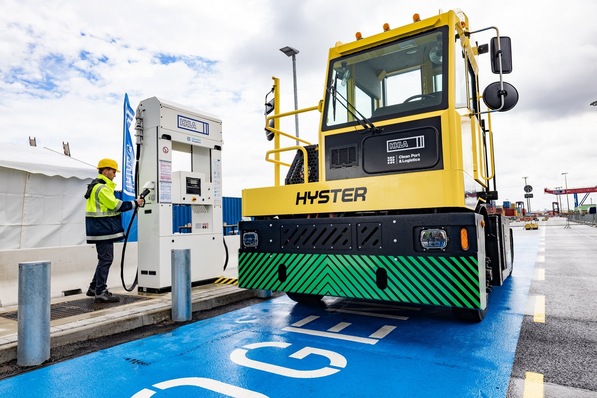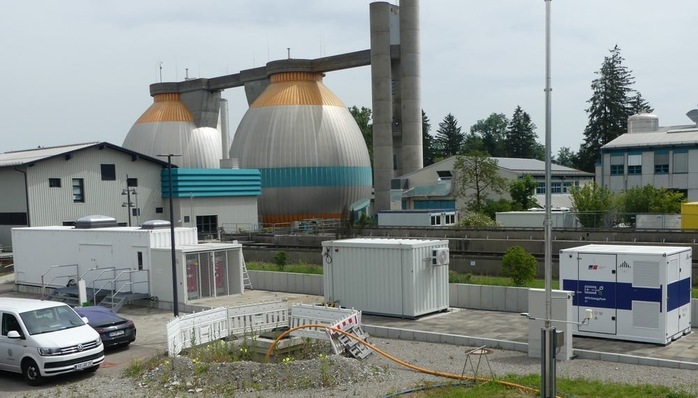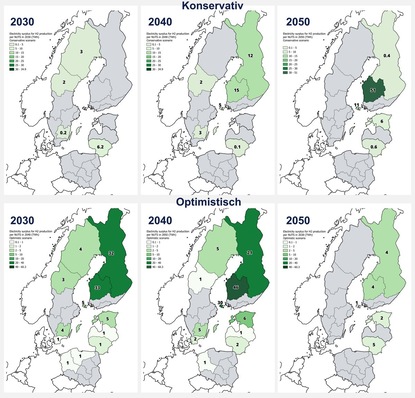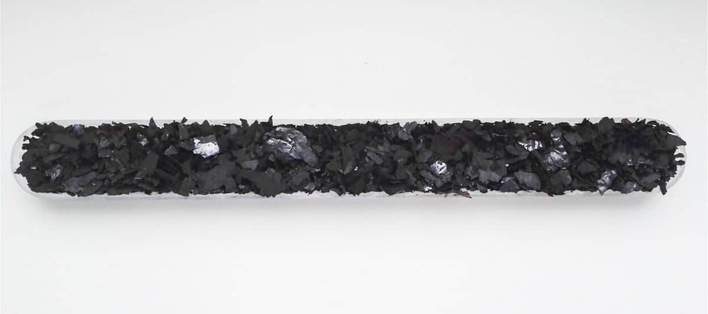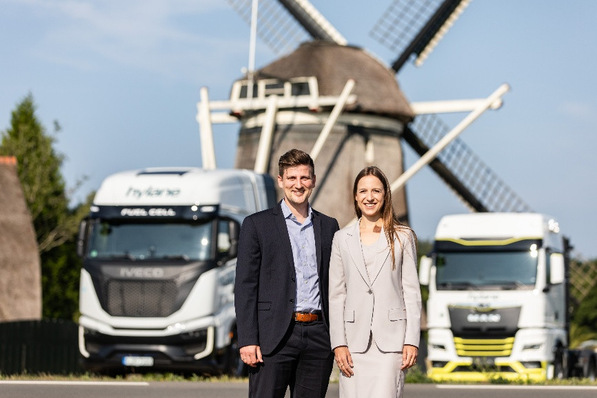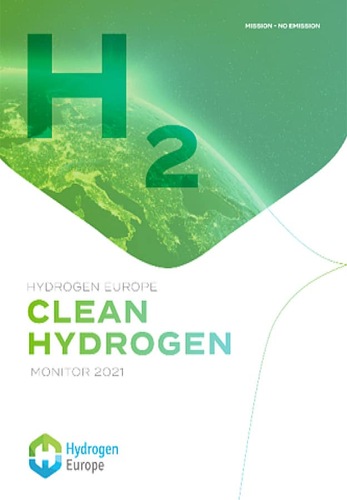
Jorgo Chatzimarkakis called the report, which can be purchased from Hydrogen Europe for EUR 299, a “compass for the hydrogen world.” Among the information revealed by the Hydrogen Europe CEO at the guide’s presentation was the insight that a photovoltaic plant in Chile, Namibia or Morocco produces around double the yield of a plant in central Europe. In North Africa, a 1-kWpeak plant generates 2,190 kilowatt-hours, while in European Union countries the average is 1,051 kilowatt-hours. If sunny regions use this solar power to produce hydrogen which is then transported to Germany to feed fuel cell cars, this would equate to the same amount of energy available for propulsion as when a battery car is powered by electricity from a German PV plant.
According to the analysis, current production capacity for hydrogen in the EU is 10.5 million metric tons a year, the main contributors being Germany (2 million tH2), the Netherlands (1.6 million tH2) and Poland (2 million tH2). Thermal processes are still the predominant means of making the gas (95.5 percent, for instance via the steam reforming of natural gas); 3.9 percent comes about as a byproduct and only 0.1 percent is produced through power-to-hydrogen.
This comes as no surprise since electrolyzer capacity in 2021 “only” amounted to 135 megawatts – which compares with 90 megawatts in 2019 and 100 megawatts in 2020. Nevertheless, the EU’s aim of achieving 40 gigawatts by 2030 could be exceeded. Currently it is estimated that 118 gigawatts will be reached by that date. Many countries want to expand their generating capacity: the Netherlands by 11 gigawatts, Spain by 7.3 gigawatts, Greece by 5.4 gigawatts and Germany by 5.3 gigawatts, for example. Governments are investing large sums of money to realize these ambitions: France: EUR 14.3 billion; Spain: EUR 9.4 billion; Germany: EUR 7.9 billion; Italy: EUR 7.8 billion; Romania: EUR 5.1 billion.



